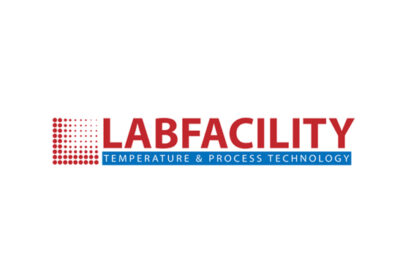Complex electron microscope systems are widely used in research laboratories to investigate the structure of various biological and inorganic structures, but interference from magnetic fields and acoustic fields can affect image resolution. Internationally renowned optical expert ZEISS uses sophisticated surveying equipment to inspect sites prior to system installation.
ZEISS is one of the world’s leading manufacturers of optical systems, providing a wide range of services and products to four main business sectors; semiconductor production, research and quality technologies – such as microscopy – medical devices and vision care. Within its microscope range, ZEISS produces and installs complex scanning electron microscopes (SEMs) that deliver high resolution surface information for life sciences and materials research. Various criteria must be considered before installing one of its high tech systems, as Christian Hegele, International Service and Support Engineer at ZEISS, explained: “Before we set up one of our electron microscopes, it is very important that the site is adequately surveyed to ensure that the room is big enough, and to check for interference that could affect the quality of the images that the system can produce. Electronic and acoustic interference, as well as floor vibrations, can have a huge impact on the performance of electron microscopes and, as they are expensive pieces of equipment, it is crucial to detect any problems that may arise in order to provide a solution.”
“We have been using the SC11 Sensor Interface Analysis System from Spicer Consulting since 2008, which allows us to survey the environment and check if laboratories are suitable prior to installation. Results are clearly displayed graphically on connected laptop screens, allowing us to reliably assess the area. We have created templates specifying the requirements of each of our microscopes, which can simply be opened and run on the SC11 system using the Spicer Wizard software; everything is automated making it extremely easy to use, even for less experienced service engineers. The templates are available online, so all our engineers around the world can access them. It’s an excellent way to standardise the service that we provide, and allows us to have confidence that each survey will be performed with accuracy and reliability. The majority of our service engineers are now using Spicer equipment, which means that we can ensure consistently high quality results, and that everyone is familiar with the benefits of the systems.”
Christian continued: “Before I started performing site surveys, a former service engineer – who had worked with Spicer for years – recommended its systems, and introduced me to them. I went on a two-day course organised by the company, which gave me the knowledge to train our own engineers; it was really interesting and the products were fantastic. We are now working on establishing a training programme in-house for new engineers, or those switching over to the Spicer systems. We also use Spicer’s purpose-designed SC22 Magnetic Field Cancelling Systems, which reduce AC magnetic fields in the environment to increase resolution and accuracy of our SEMs. When surveying our customers’ sites, we often recommend the SC22 to enhance the performance of our systems, as they are incredibly effective at removing interference.”
“We work extremely closely with Spicer in order to deliver the best possible service to our customers. Both the SC11 and SC22 are intuitive and easy-to-use, and any problems we’ve encountered or changes that we have wanted to make to the systems have been quickly and efficiently addressed. We have an excellent relationship with the team after years of using their products, and are incredibly impressed with what they do. We work very well together and are looking forward to continuing our collaboration with Spicer in the future,” Christian concluded.






